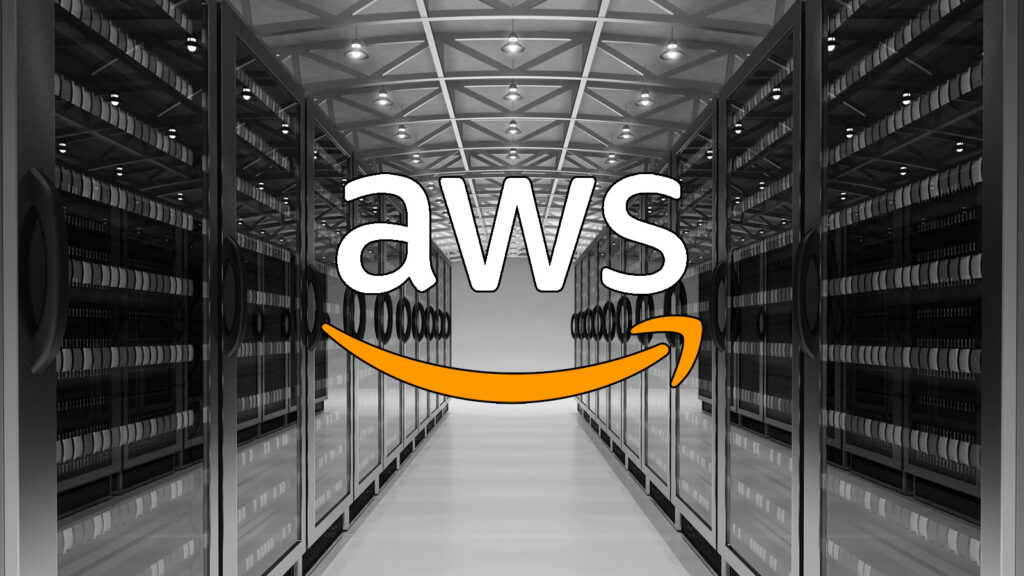
Google Cloud Functions is a serverless compute platform that allows users to build and run event-driven applications and services in Google Cloud. With Cloud Functions, users can write and deploy code in response to events such as changes to data in a storage bucket, a message on a pub/sub topic, or an HTTP request. Here are some of the main use cases for Google Cloud Functions:
Event-driven computing: Cloud Functions enables users to build event-driven applications that respond to events in real-time. For example, users can use Cloud Functions to process data from IoT devices, trigger automated workflows, or perform data processing tasks.
Serverless backends: Cloud Functions can be used to build serverless backends for mobile and web applications. Users can deploy Cloud Functions that serve as API endpoints to perform tasks such as authentication, data processing, and user management.
Data processing and analytics: Cloud Functions can be used to process data in real-time, and trigger additional processing or analysis based on that data. For example, users can deploy Cloud Functions to process and analyze data from IoT devices, or to trigger data processing pipelines in response to changes in data.
Automation and integration: Cloud Functions can be used to automate tasks and integrate with other cloud services. Users can write Cloud Functions to automate workflows, trigger notifications, or integrate with other services such as Google Cloud Storage, Pub/Sub, or Cloud Scheduler.
Overall, Cloud Functions provides users with a flexible and scalable serverless platform for building event-driven applications and services in Google Cloud. Users can focus on writing code to handle specific events or tasks, without having to manage the underlying infrastructure or worry about scaling their applications.
This article is shared by https://www.itechscripts.com/web-development/ | A leading resource of inspired clone scripts. It offers hundreds of popular scripts that are used by thousands of small and medium enterprises.








